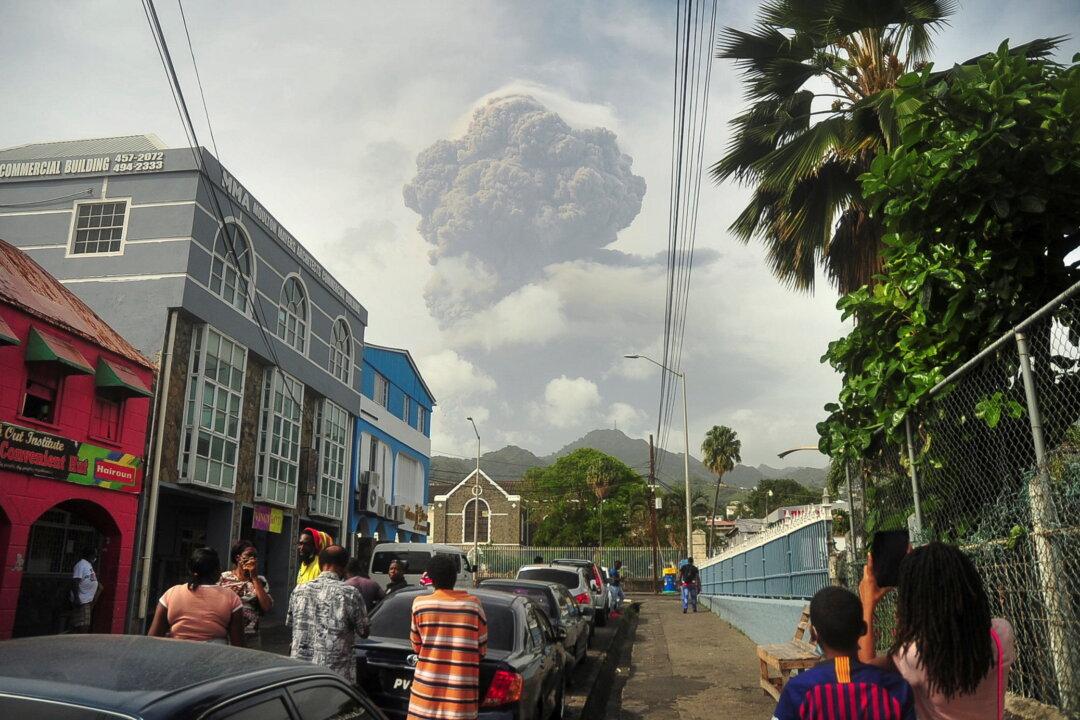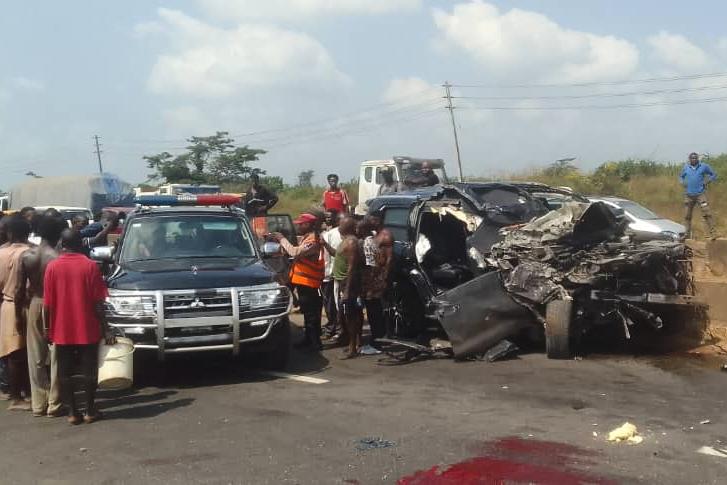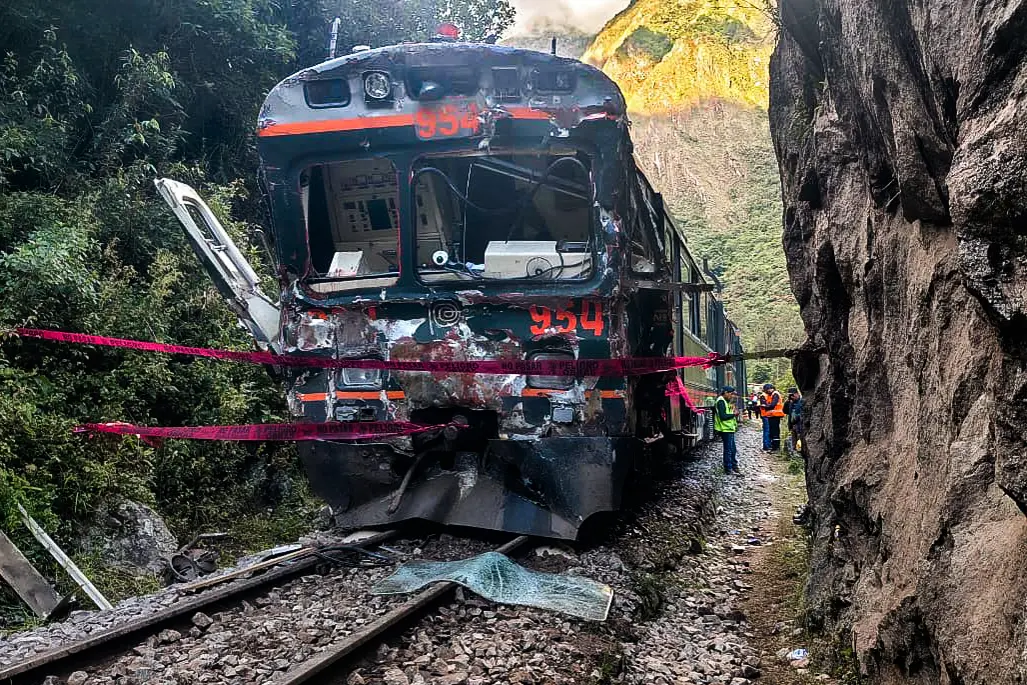KINGSTOWN, St. Vincent—Extremely heavy ashfall rained down across the eastern Caribbean island of St. Vincent on Saturday and a strong sulfur smell enveloped communities a day after a powerful explosion at La Soufriere volcano uprooted the lives of thousands of people who evacuated their homes under government orders.
Lush green Caribbean villages were transformed into a sort of gloomy, gray version of Alpine villages under a blanket of fine soot, which also hung in the air, obscuring the sun.





